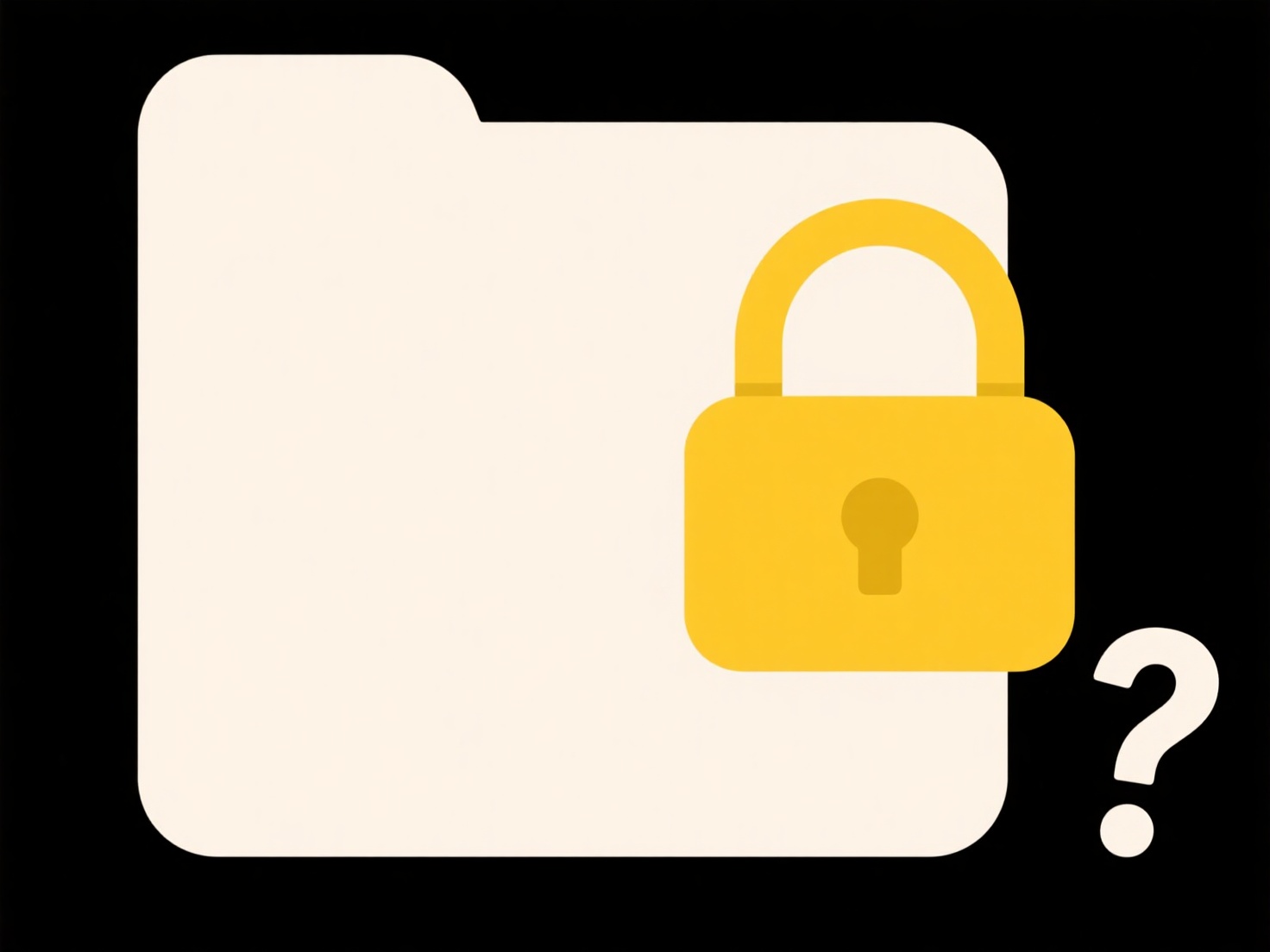
Windows resolves file name conflicts when copying or moving files to a destination folder containing files with identical names. Instead of automatically overwriting, it alerts the user and provides resolution choices. These typically include replacing the existing file, skipping the conflicting file, or renaming the incoming file (usually by appending a number in parentheses). This approach differs from silent overwrite or automatic rejection, requiring explicit user intervention.
For instance, downloading a file named "Report.docx" to a folder that already contains another file with that exact name will trigger a conflict notification in your browser or File Explorer. Similarly, syncing files from a cloud service like OneDrive to your device will often pause or flag conflicts, creating a duplicate file with a revised name (e.g., "Report (PCName Conflict 2023-10-05).docx") to prevent data loss before user review.

This system prioritizes user control, preventing accidental data loss from unexpected overwrites. However, it requires manual decisions, which can disrupt bulk operations or automated processes requiring unattended file transfers. While effective for direct user actions, handling conflicts gracefully within automated scripts or large-scale deployments often requires additional programming logic. Future improvements might focus on smarter automated suggestions based on file content or version dates.
How does Windows handle file name conflicts?
Windows resolves file name conflicts when copying or moving files to a destination folder containing files with identical names. Instead of automatically overwriting, it alerts the user and provides resolution choices. These typically include replacing the existing file, skipping the conflicting file, or renaming the incoming file (usually by appending a number in parentheses). This approach differs from silent overwrite or automatic rejection, requiring explicit user intervention.
For instance, downloading a file named "Report.docx" to a folder that already contains another file with that exact name will trigger a conflict notification in your browser or File Explorer. Similarly, syncing files from a cloud service like OneDrive to your device will often pause or flag conflicts, creating a duplicate file with a revised name (e.g., "Report (PCName Conflict 2023-10-05).docx") to prevent data loss before user review.

This system prioritizes user control, preventing accidental data loss from unexpected overwrites. However, it requires manual decisions, which can disrupt bulk operations or automated processes requiring unattended file transfers. While effective for direct user actions, handling conflicts gracefully within automated scripts or large-scale deployments often requires additional programming logic. Future improvements might focus on smarter automated suggestions based on file content or version dates.
Quick Article Links
How do I name sub-files inside a ZIP or archive for clarity?
Effective sub-file naming within ZIP archives involves assigning clear, descriptive names to files stored inside folders...
How do I export a presentation as images?
Exporting a presentation as images means converting each individual slide into a separate picture file, like a JPEG or P...
How do I import a list of names and apply them to files?
Importing a name list and applying the names to files involves automatically assigning identifiers from a data source, l...